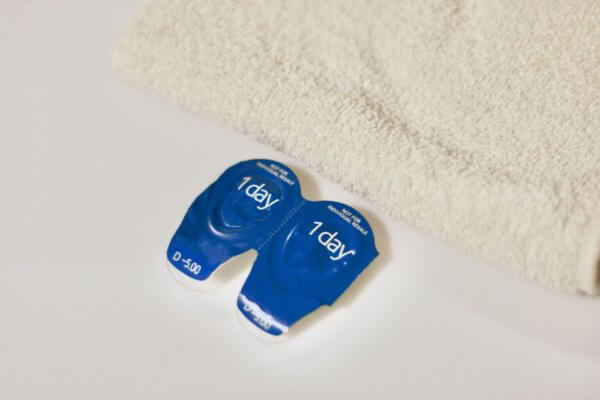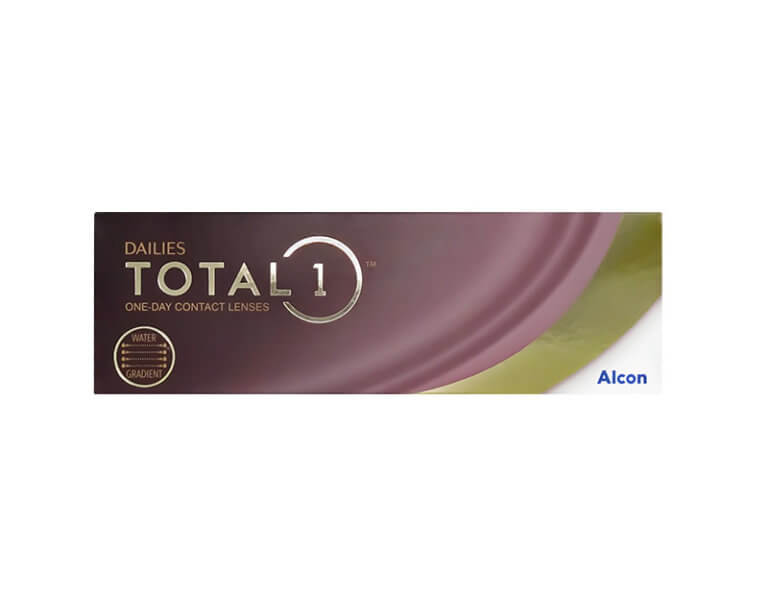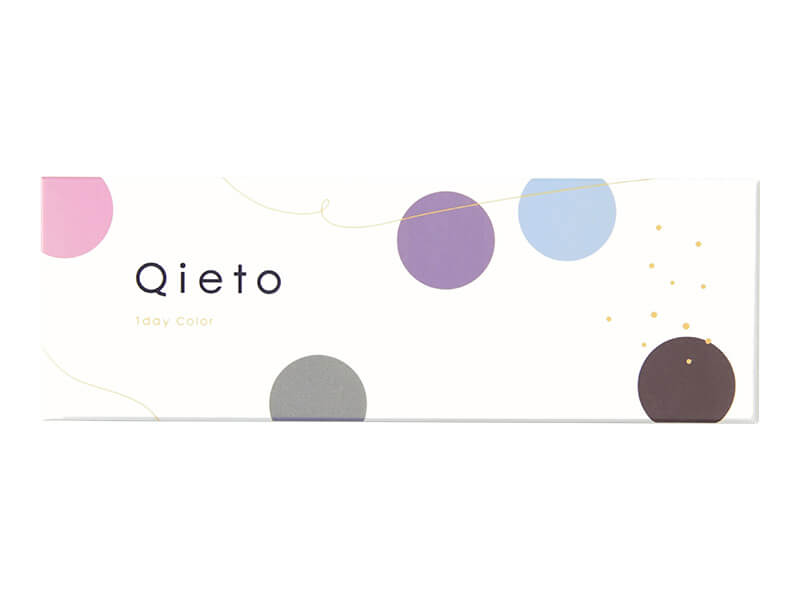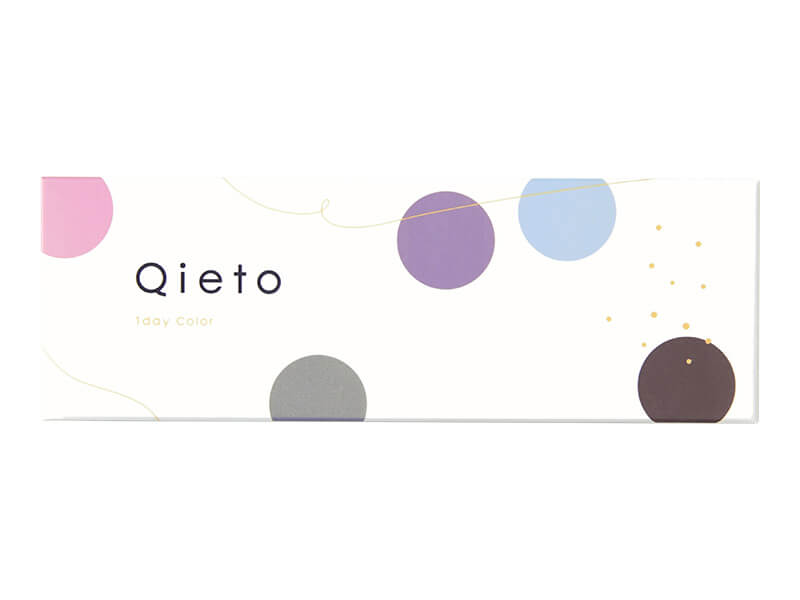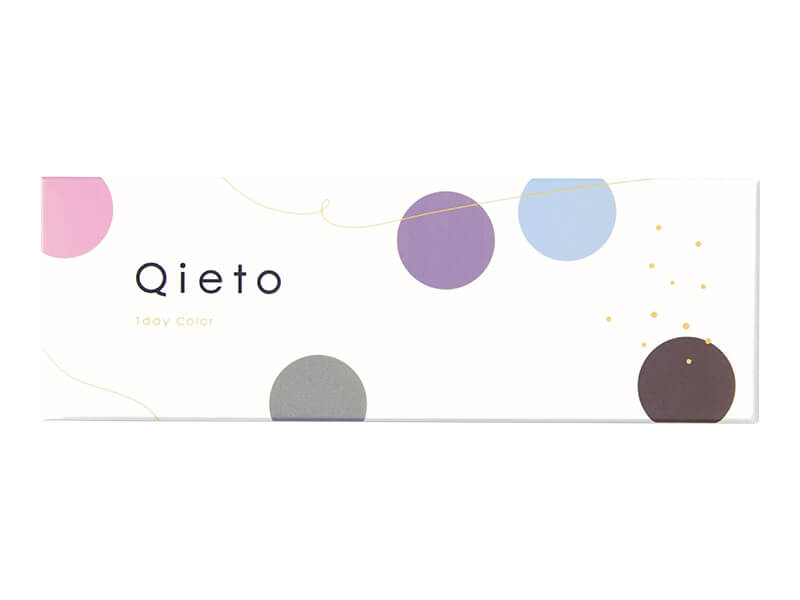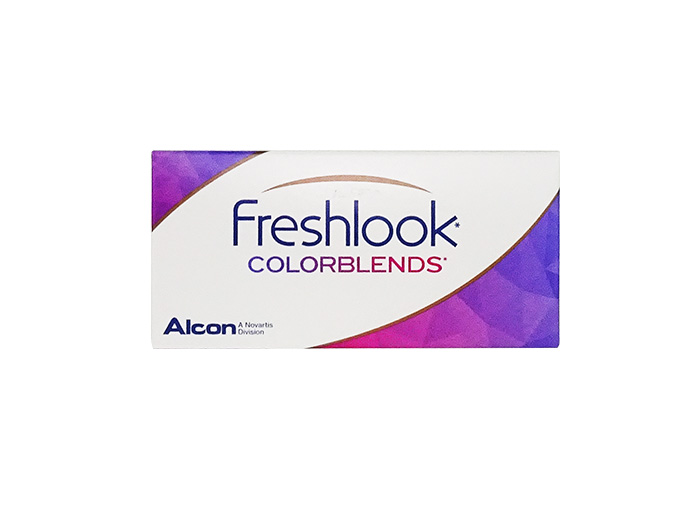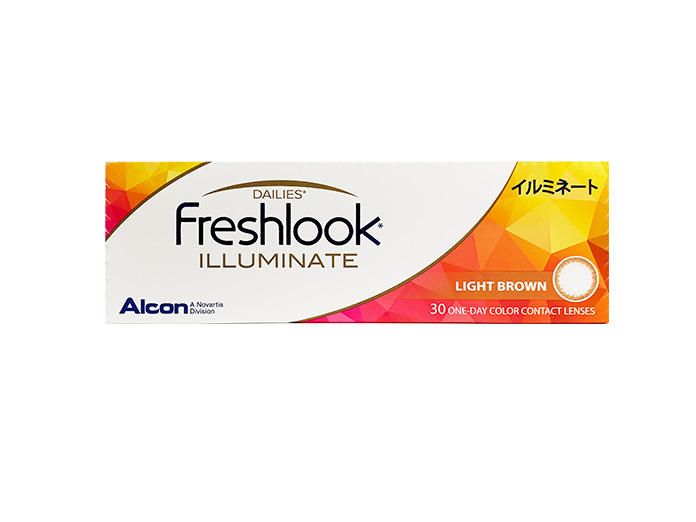Uncategorized
Key Considerations for Choosing Between Daily, Weekly, or Monthly Contact Lenses
Are you new to wearing contact lenses? Or are you considering trying them out for the first time?
If you’re new to contact lenses, you might feel overwhelmed by the different types available, such as daily, fortnightly, monthly, and more.
Don’t worry! In this blog, we’ll discuss the various types of contact lenses to help you understand your options better.
Understanding Soft and Hard Contact Lenses
Contact lenses come in two main types: soft contact lenses and hard contact lenses.
(We only offer soft contact lenses through our website.)
Soft contact lenses have larger diameters than the cornea, making them less prone to displacement, and are made of materials with high water content, providing a soft wearing sensation.
Currently, soft contact lenses dominate the market, with options like daily, fortnightly, and monthly disposable, each with varying usage durations depending on the lens type.
Due to their high water content, soft lenses may cause slight dryness after extended wear, but the amount of oxygen transmitted varies significantly depending on the lens material. Silicone hydrogel lenses, for instance, offer the advantage of high oxygen permeability.
Hard contact lenses, also known as Rigid Gas Permeable (RGP) lenses, have smaller diameters than the cornea, making them slightly more prone to displacement. However, they are made of rigid plastic materials with minimal water content, allowing for a usage lifespan of typically 2 to 3 years.
These lenses boast high oxygen permeability and are capable of correcting strong refractive errors.
Understanding Types of Soft Contact Lenses
Q: What do “Daily”,” “Fortnightly,” and “Monthly” mean in relation to contact lenses?
A: “Daily,” “Fortnightly,” and “Monthly” denote the duration for which soft contact lenses can be worn before they should be replaced.
In addition to this type, depending on the condition of your eyes, you may also require types such as “Toric” for astigmatism, “Multifocal” or “Bifocal” for presbyopia or “Colour” for cosmetic purposes.
Let’s look at the characteristics of each type!
Daily Contact Lenses
Daily disposable contact lenses, which are replaced with a new pair every day!
Recommended for:
Those who want to eliminate the hassle of lens care.
Occasional users, such as for sports, travel, or events.
Those who prioritise maintaining hygienic lenses.
This type is recommended for those seeking convenience!
Click here to view Daily Contact Lenses.

Fortnightly/Monthly Contact Lenses
These disposable contact lenses need replacement after a specific period, such as every two weeks (fortnightly) or every month (monthly).
*Please note that the period is counted from the day the blister is opened, not the number of days of use.
Recommended for:
Those looking to reduce the cost of contact lenses
Individuals who wear contact lenses daily
Those who find daily lens care to be cumbersome
These types are recommended for those seeking a more economical choice!
(Additional items such as cleaning solution, storage solution, and contact lens case are required.)
Click here to view Fortnightly Contact Lenses.
Click here to view Monthly Contact Lenses.

There are types such as Daily, Fortnightly, and Monthly, but since each type is suitable for different eye conditions, it’s important to consult with an optometrist to determine which type is best for you.
Note: Contact lenses are medical devices, and it’s essential to have a valid prescription and undergo an eye exam by a certified lens care professional before purchasing them.
In addition to types, the following may also be necessary:
Toric Contact Lenses for Astigmatism
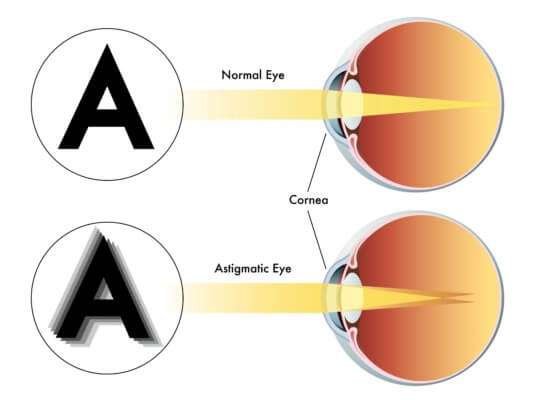
Astigmatism occurs when the cornea or lens of the eye is shaped more like a rugby ball than a spherical ball. This causes differences in the refraction of light, resulting in the focal point not aligning properly, leading to symptoms such as blurred vision or double vision.
Toric lenses are designed to correct astigmatism by counteracting the irregularity in the eye with an opposite irregularity in the lens. This helps cancel out the distortions, resulting in clearer vision. Additionally, toric contact lenses are specially designed to prevent rotation to ensure consistent vision correction.
Click here to view Toric Contact Lenses.
Multifocal Contact Lenses for Presbyopia
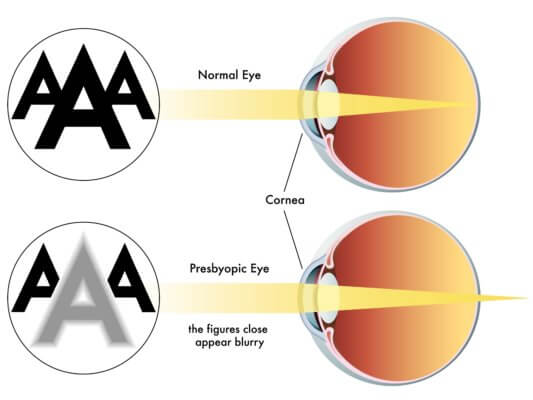
Presbyopia is a condition that occurs as the lens of the eye loses its flexibility and the eye’s focusing ability weakens with age, making it difficult to see nearby objects. Symptoms of presbyopia typically begin to appear in one’s 40s and progress gradually with age.
Multifocal lenses are designed with a range of prescriptions distributed across a single lens, allowing individuals to see clearly at both near and far distances.
Note that designs may vary depending on the manufacturer.
Click here to view Multifocal Contact Lenses.
Colour Contact Lenses for Cosmetic Purposes

Colour contact lenses change the eye’s natural colour, providing a wide range of colours and designs for individual expression and eye colour alterations.
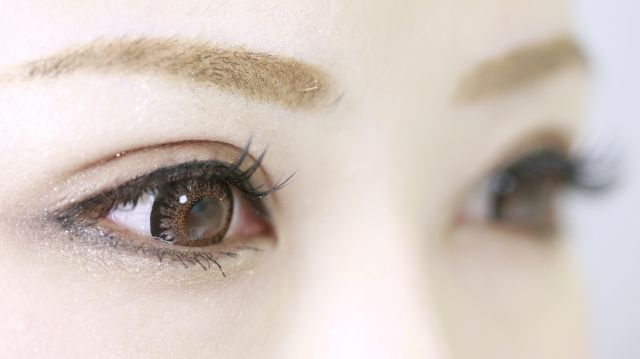
In contrast, the primary function of circle contact lenses is to enhance the appearance of larger eyes. For changing eye colour, choose colour contact lenses; for a larger eye look, opt for circle contact lenses.
Click here to view Colour Contact Lenses.
For those who are considering contact lenses for the first time, the various types, brands, and prescription options can be overwhelming. Just browsing through websites, it can be difficult to know what to order.
(The prescription explanation can be checked on the FAQs page.)
A valid prescription from an optometrist is required to order contact lenses, but it’s also important to consider your lifestyle and preferences. Whether you prefer daily lenses, monthly lenses, or coloured contact lenses for cosmetic purposes, finding contact lenses that suit your needs and preferences is essential!


